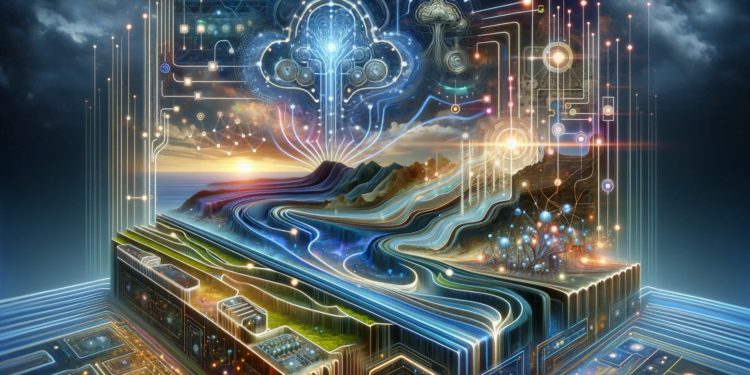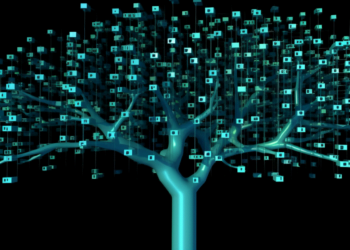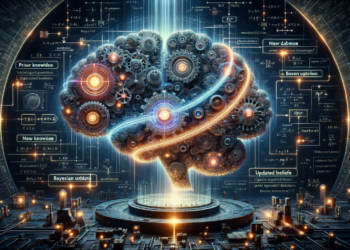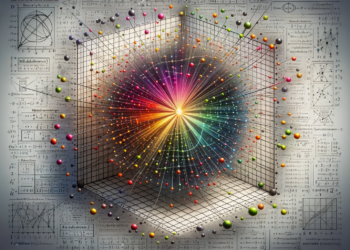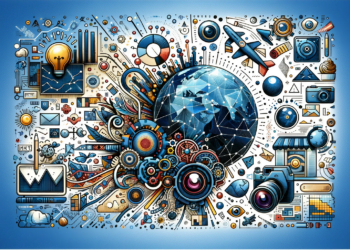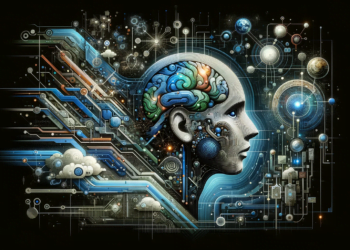Convolutional Neural Networks (CNNs) have emerged within the field of Deep Learning, representing a direct evolution from multilayer perceptrons designed for two-dimensional data processing. Inspired by the structure of the visual cortex in living beings, they have demonstrated the ability to perform machine learning specialized in visual pattern recognition. Since their predecessors like LeNet-5, created by Yann LeCun in 1998, CNNs have expanded their domain in image processing, surpassing the effectiveness of previous methods based on manual feature extraction.
Technical Fundamentals of CNNs
CNNs are distinguished by incorporating convolutional layers in which trainable filters perform convolutions on input data, facilitating the detection of local features. Subsequent pooling layers reduce spatial dimensionality, improving robustness against variations and decreasing computational complexity. A sequence of fully connected layers operates on highly abstract representations to execute classifications or regressions. Through mechanisms like Backpropagation and Stochastic Gradient Descent (SGD), CNNs optimize their internal weights and biases in a process called training.
Recent Advances in Algorithms
Over the last decade, algorithmic innovations have notably propelled CNN performance. The introduction of ReLU (Rectified Linear Unit) activation functions improved convergence speed during training. Equally significant was the development of regularization techniques such as Dropout and Batch Normalization, essential for combatting overfitting and accelerating convergence. Additionally, the adoption of methodologies like He Initialization and Adam Optimization have further perfected the efficiency of training deep CNNs.
Applied Deployment of CNNs
In practice, CNNs have revolutionized multiple fields. Driving applications include computer vision, with achievements in object detection and recognition. A prominent case study is the implementation of CNNs in autonomous driving systems, where networks like NVIDIA’s PilotNet analyze visual streams to make real-time driving decisions. Another disruptive area is assisted medical diagnosis, wherein CNNs like Inception v3 have been shown to outperform human specialists in the accuracy of diagnoses from medical images.
Comparative and Evolution of Architectures
A historical review reveals an evolution from simplistic models to complex, multilayer architectures capable of capturing hierarchical patterns in data. The progression from AlexNet to architectures such as ZFNet, GoogleNet, and ResNet, among others, reflects continual development. Comparative analysis emphasizes that deepening layers has been crucial, but so too has been innovation in assembly mechanisms and residual connections, fundamental for the effective training of ultra-deep networks.
Challenges and Future Outlook
Despite their achievements, CNNs face substantial challenges. Their efficacy depends on vast volumes of annotated data and significant computational costs, which incite research into unsupervised learning and transfer learning. Additionally, the interpretability of CNN models remains an essential line of inquiry, given the need for understanding and justification of automated decisions.
Future directions point towards the integration of CNNs with other forms of artificial intelligence, such as attention mechanisms and Generative Adversarial Networks (GANs), extending their applications to content generation and natural language processing. An emerging scenario is the deployment of CNNs on edge platforms, demanding memory and computation-efficient architectures like MobileNets and EfficientNets.
Conclusions
Convolutional Neural Networks are a cornerstone of Deep Learning, evolving from simple perceptrons to highly specialized and effective structures, demonstrating a transformative ability in visual information processing. The continuous improvement in their design and application predicts a landscape where their influence on technology and science will be even more pervasive and cutting-edge, establishing a key milestone on the path towards advanced artificial intelligence.

